Mar 26, 2015
More rule changes? We've seen plenty
The National Hockey League and Canadian Football League are in the process of implementing substantial rule changes aimed at producing a better product. How these new proposed rules stack up against the true historic game-changers remain to be seen.
, TSN.ca Staff
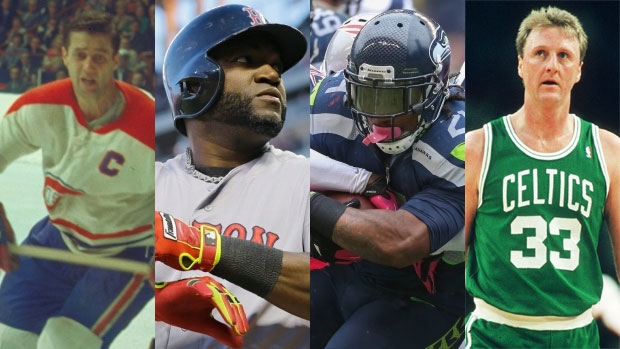
The National Hockey League and Canadian Football League are in the process of implementing substantial rule changes.
In the NHL, fewer games are likely to be decided in the shootout with the league likely headed for some form of 3-on-3 overtime along with the possibility of a coach’s challenge for controversial calls.
For Canada’s football fans, there are proposals to how pass interference is called, defending against punt returns and converts from the 32-yard line.
Rule changes are nothing new across the board, as they are done to improve the way the game is played and provide a more entertaining game.
How these new proposed rules stack up against the true historic game-changers remain to be seen.
1903: The Burnside Rules (CFL)
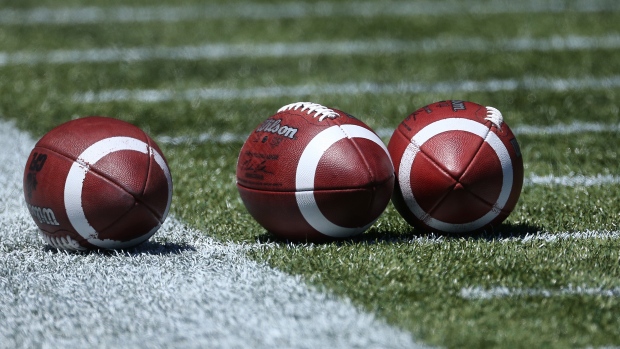 The changes that created Canadian football as we know it were first adopted in Ontario in 1903. A reduction in squad sizes, the induction of the snap and the beginning of the three-down system transformed rugby into a uniquely Canadian game.
The changes that created Canadian football as we know it were first adopted in Ontario in 1903. A reduction in squad sizes, the induction of the snap and the beginning of the three-down system transformed rugby into a uniquely Canadian game.
Around the same time, the forward pass transformed the game south of the border. The rule was not adopted in its current form - allowing a forward pass to be completed anywhere behind the line of scrimmage - in the NFL until 1933, four years after its inception in the Canadian game. That same decade, a final value for field goals was established, setting their worth at three points. Previously, a successful kick had been worth as much as five points (while touchdowns had once been worth as little as four).
1920: The Live Ball era (MLB)
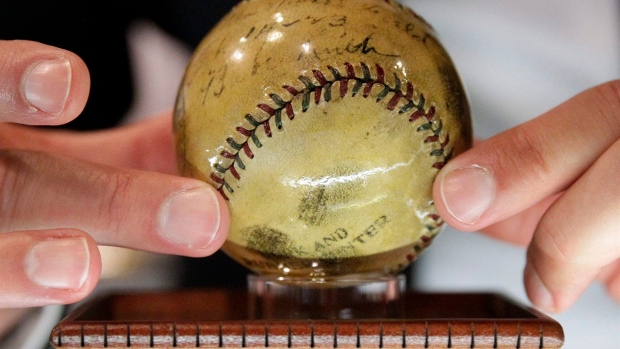 The majors instituted a series of rule changes in 1920 that turned the tide towards an offence-friendly game. During the “dead-ball era” a single ball was used throughout a Major League game, getting tossed back into play after fouls and getting severely worn over the course of nine innings. The era was defined by standout aces like Cy Young and his unthinkable 511 career wins.
The majors instituted a series of rule changes in 1920 that turned the tide towards an offence-friendly game. During the “dead-ball era” a single ball was used throughout a Major League game, getting tossed back into play after fouls and getting severely worn over the course of nine innings. The era was defined by standout aces like Cy Young and his unthinkable 511 career wins.
Commissioner Kennesaw Mountain Landis introduced different policies on how balls were made and maintained. More balls were used over the course of any given game and the fresher, newer balls flew further, helping propel offence on an uptick. What followed was a new era of offence led by greats like Babe Ruth, Jimmie Foxx, Lou Gehrig and Mel Ott.
1929-30: The Forward Pass (NHL):
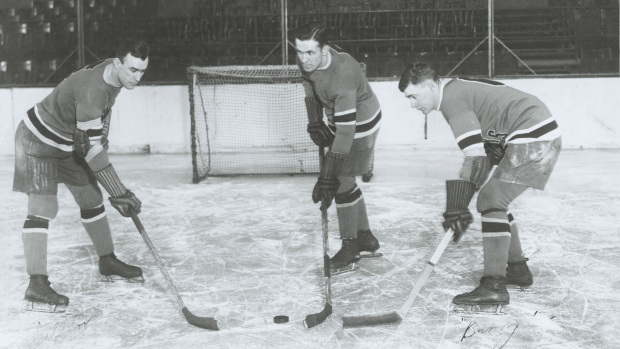 The league ushered in the modern era at the tail end of the 1920s by allowing forward passes for the first time. First entering the game in 1927-28, the NHL allowed forward passes in the defensive and neutral zones. Two seasons later, they were allowed all over the ice as long as they did not cross either blue line. The returns were immediate as scoring doubled in the early part of the 1929-30 season. The league amended the rule shortly thereafter, instituting offsides to ensure that the puck was leading the offensive charge.
The league ushered in the modern era at the tail end of the 1920s by allowing forward passes for the first time. First entering the game in 1927-28, the NHL allowed forward passes in the defensive and neutral zones. Two seasons later, they were allowed all over the ice as long as they did not cross either blue line. The returns were immediate as scoring doubled in the early part of the 1929-30 season. The league amended the rule shortly thereafter, instituting offsides to ensure that the puck was leading the offensive charge.
Forward passing was one of several innovations in the late 1920s that shaped the modern game. In 1927-28 games were standardized to three 20-minute periods with 10-minute intermissions and teams swapping ends after each frame. The next season overtime was introduced to help decide tie games as well as penalties being introduced for high-sticking and delay of game.
1954-55: The Shot Clock (NBA):
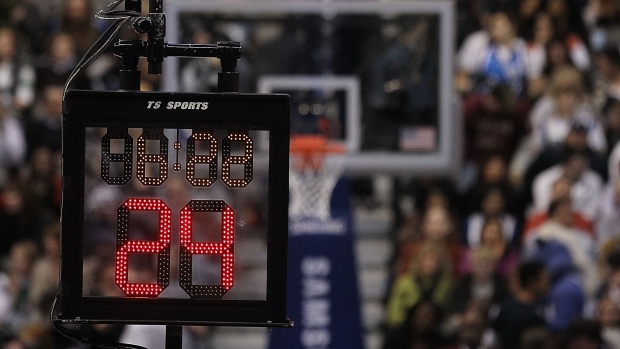 Imagine an era when the ball is inbounded and then - just held. That was the case prior to the advent of the shot clock, with some games in the early 1950s producing combined score lines under 40.
Imagine an era when the ball is inbounded and then - just held. That was the case prior to the advent of the shot clock, with some games in the early 1950s producing combined score lines under 40.
Owners lobbied for more excitement and the 24-second clock was instituted. The days of hanging around and waiting to get fouled went by the wayside. And in the midst of March Madness, let's remember that the NCAA instituted a 45-second clock in 1985-86 and later reduced it to 35 in 1993-94. Critics - including U.S. President Barack Obama - have expressed a desire to see that number shrink further.
1956-57: Two Minutes or Less on Minor Penalties (NHL)
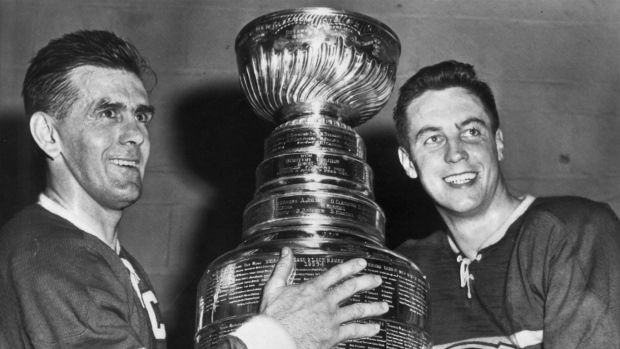 The Montreal Canadiens’ power play in the mid-1950s was a terrifying entity. So much in fact, that it forced the NHL to implement a rule to stop its reign of offensive terror.
The Montreal Canadiens’ power play in the mid-1950s was a terrifying entity. So much in fact, that it forced the NHL to implement a rule to stop its reign of offensive terror.
Thanks in large part to a top shelf unit that featured Hall-of-Famers Maurice Richard, Jean Beliveau, Bert Olmstead, Doug Harvey and Tom Johnson, Montreal scored 25 power play goals in the first 22 games of the 1955-56 season, highlighted by Le Gros Bill's 44-second hat trick over the course of a Bruins minor. As such, NHL Rule 26(c) is colloquially referred to as the Montreal Canadiens rule.
1973: The Designated Hitter (MLB)
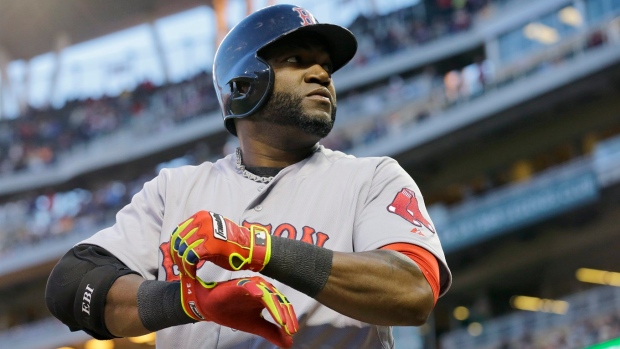 By the 1970s, the pendulum had swung back the pitchers’ way in the majors. The dominant arms of the 1960s gave way to an impressive array of new aces, including Nolan Ryan, Gaylord Perry and Jim Palmer - and generational sluggers were in decline. So something had to be done to promote offence again.
By the 1970s, the pendulum had swung back the pitchers’ way in the majors. The dominant arms of the 1960s gave way to an impressive array of new aces, including Nolan Ryan, Gaylord Perry and Jim Palmer - and generational sluggers were in decline. So something had to be done to promote offence again.
Led by eccentric Oakland owner Charlie Finley, the American League adopted the designated hitter to bring more excitement. While the rule remains out of the National League, it's made World Series heroes out of David Ortiz, Paul Molitor, Dave Winfield and Hideki Matsui and a Hall of Fame career for Frank Thomas.
1975: The 2-Point Conversion (CFL)
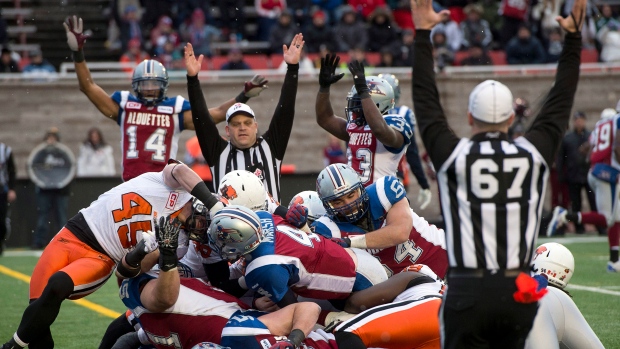 Canada’s game was ahead of the curve on the two-point option after a touchdown, adopting the rule almost two decades prior to the National Football League.
Canada’s game was ahead of the curve on the two-point option after a touchdown, adopting the rule almost two decades prior to the National Football League.
A college rule since the 1950s and implemented by the former American Football League, the NFL left it out of their game when it absorbed the AFL for the 1970 season.
The result was an exciting late-game option for trailing teams to claw through deficits and set up dramatic, one-off game-deciding plays.
1979-80: The 3-point Shot (NBA)
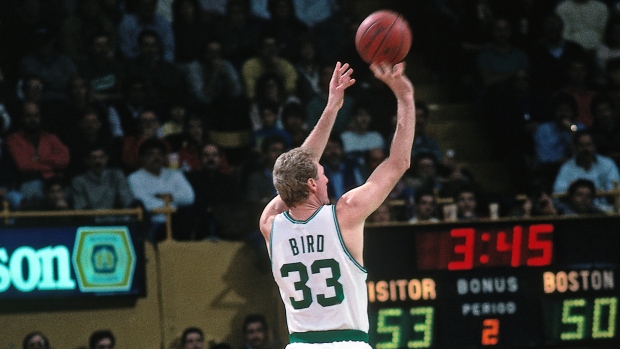 Similar to the NFL’s approach to the two-point convert, the NBA was a late-bloomer to the idea of the three-ball. The rival American Basketball League and American Basketball Association introduced the arc in the 1960s, but the NBA didn’t adopt the three-pointer until 1979-80 - four seasons after absorbing the ABA.
Similar to the NFL’s approach to the two-point convert, the NBA was a late-bloomer to the idea of the three-ball. The rival American Basketball League and American Basketball Association introduced the arc in the 1960s, but the NBA didn’t adopt the three-pointer until 1979-80 - four seasons after absorbing the ABA.
The three-ball quickly became a pivotal and dramatic element of the game, especially late in contests where possessions are at a premium and a weapon of some of the NBA’s elite talents.
And the NBA may have seen that development coming, as 'the three' was adopted just in time for high-profile rookies Larry Bird and Magic Johnson to begin their pro careers.
1999: The Coach’s Challenge (NFL)
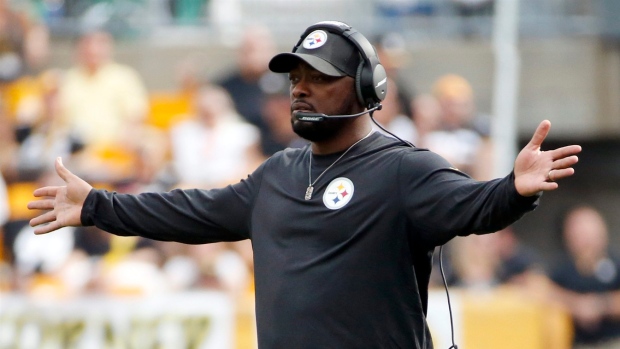 The NFL brought instant replay into the game in 1986 and upped the stakes 13 years later, allowing head coaches to ask for replays on close or controversial calls. The gift came with caveats – the team needs to have time-outs and a challenge can't occur after the two-minute warning or in overtime. But it still allowed a coach to question officiating for the first time among North America’s top sports leagues.
The NFL brought instant replay into the game in 1986 and upped the stakes 13 years later, allowing head coaches to ask for replays on close or controversial calls. The gift came with caveats – the team needs to have time-outs and a challenge can't occur after the two-minute warning or in overtime. But it still allowed a coach to question officiating for the first time among North America’s top sports leagues.
The idea was implemented in Major League Baseball last season, leading to (often infuriating) stall tactics by managers waiting for their video crews to have a nice long look at what they were considering challenging. And it's also being considered by the NHL.
Baseball has learned their lesson on the delay of game, with promised 'pace of game' rules this season which include forcing managers to challenge from the dugout.
2005-06: The Post-Lockout Era (NHL)
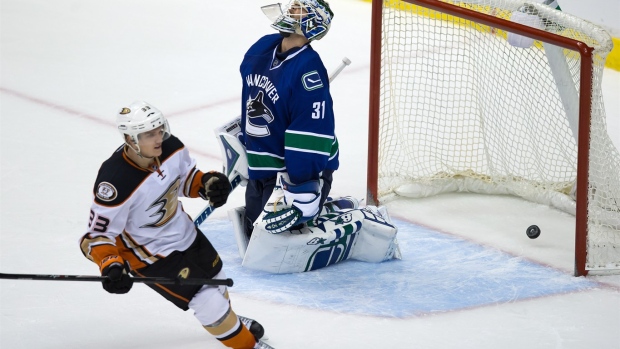 This one’s hard to pin down to just one rule. After losing an entire season to a lockout, the NHL wanted to excite its fans with sweeping changes. Prior to the lockout, the neutral-zone trap slowed the game to the point that the age was termed the 'dead puck era.' It was high times for defensive teams like the New Jersey Devils, but not a lot of fun for everyone else.
This one’s hard to pin down to just one rule. After losing an entire season to a lockout, the NHL wanted to excite its fans with sweeping changes. Prior to the lockout, the neutral-zone trap slowed the game to the point that the age was termed the 'dead puck era.' It was high times for defensive teams like the New Jersey Devils, but not a lot of fun for everyone else.
So when the lockout was officially lifted, the changes to the NHL's rule book were almost as dramatic to those in the new collective bargaining agreement:
The red line was removed to legalize the two-line pass and the blue lines were moved up, enlarging the offensive zones. Goaltenders were limited in their equipment size and movement behind the net (thanks to the trapezoid). Teams were no longer allowed line-changes after an icing call. New penalties for delay of game were instituted, as were stiffer penalties for instigating fights and the refs were mandated to make more clutch-and-grab calls.
And of course, they added the shootout.
While the league is now looking at ways to minimize the shootout, the rest of the rule changes have by in large returned the league to a more offensive-minded, skill-based product. Players like Johnny Gaudreau are no longer considered 'too small' and the league’s elite post-lockout talents like Sidney Crosby and Alex Ovechkin have room to dominate with their world class skill.

